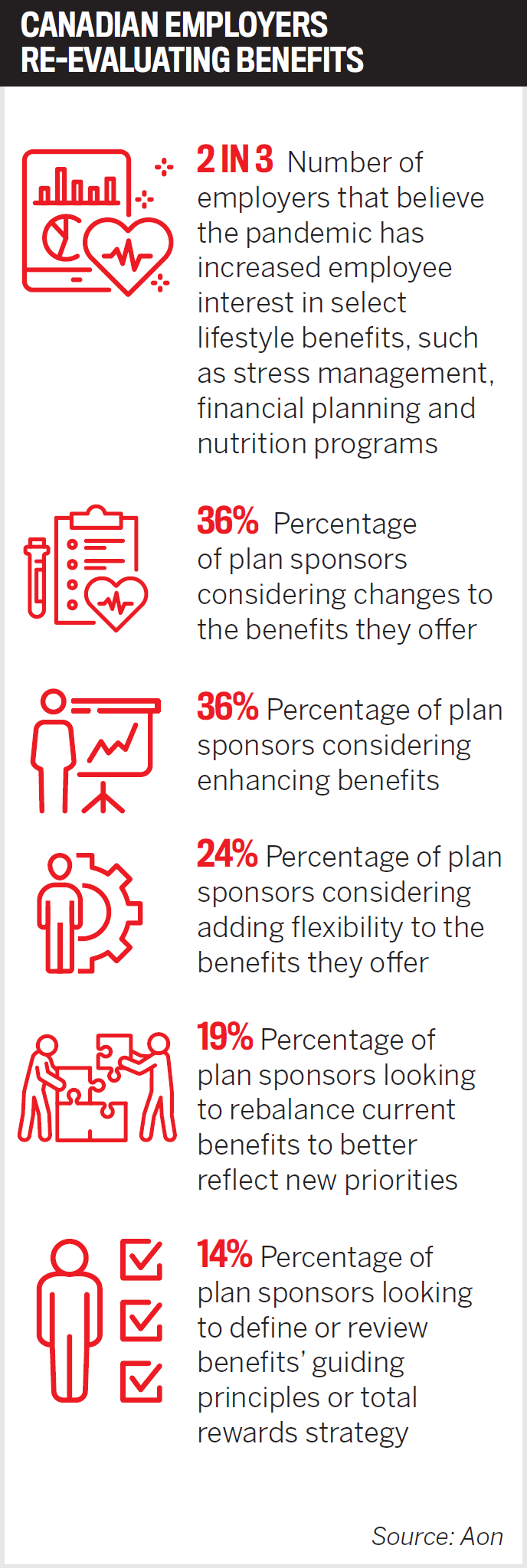Optional benefits that can mean greater customization and more options, with no added administration

 Stress and anxiety-related conditions still top the list of health claim cost drivers at most organizations, and these conditions greatly impact employee presenteeism and overall productivity.
Stress and anxiety-related conditions still top the list of health claim cost drivers at most organizations, and these conditions greatly impact employee presenteeism and overall productivity.




